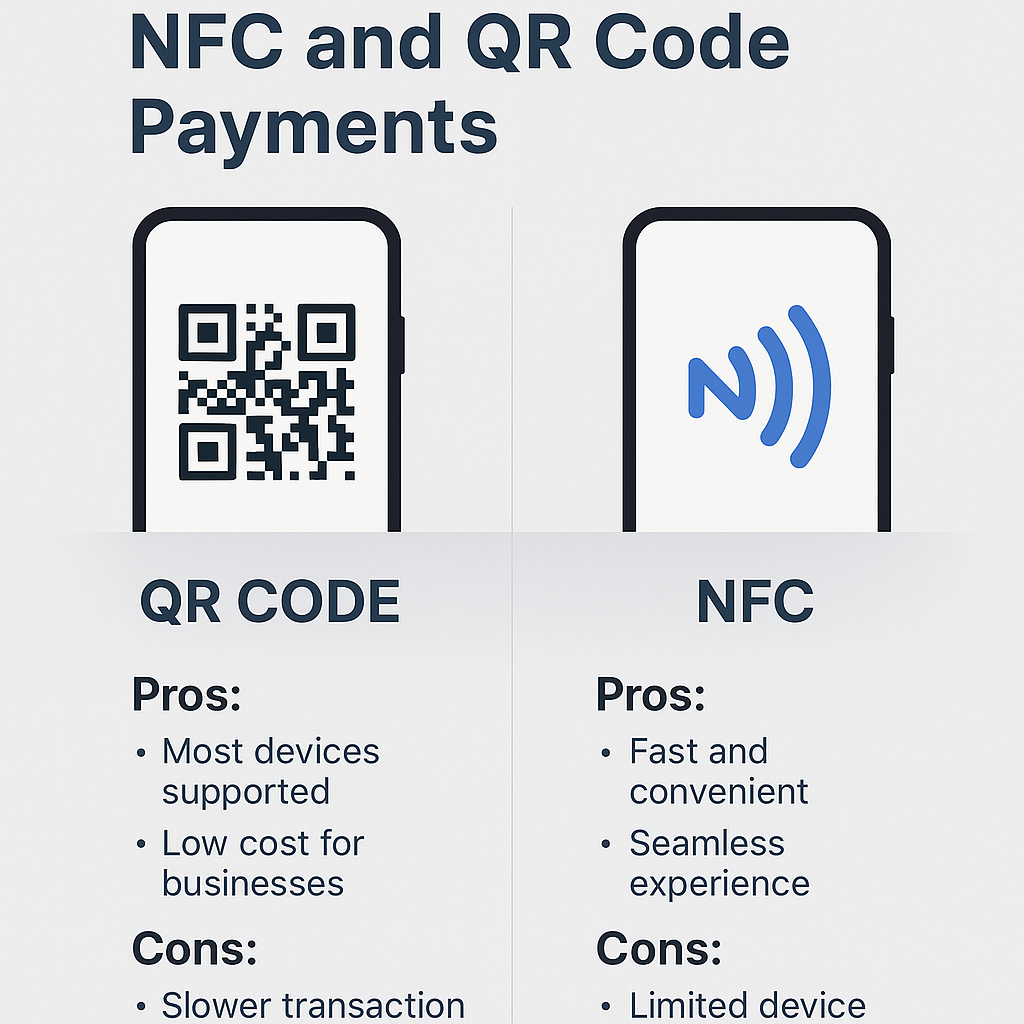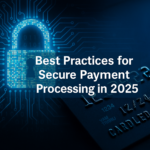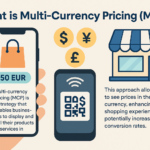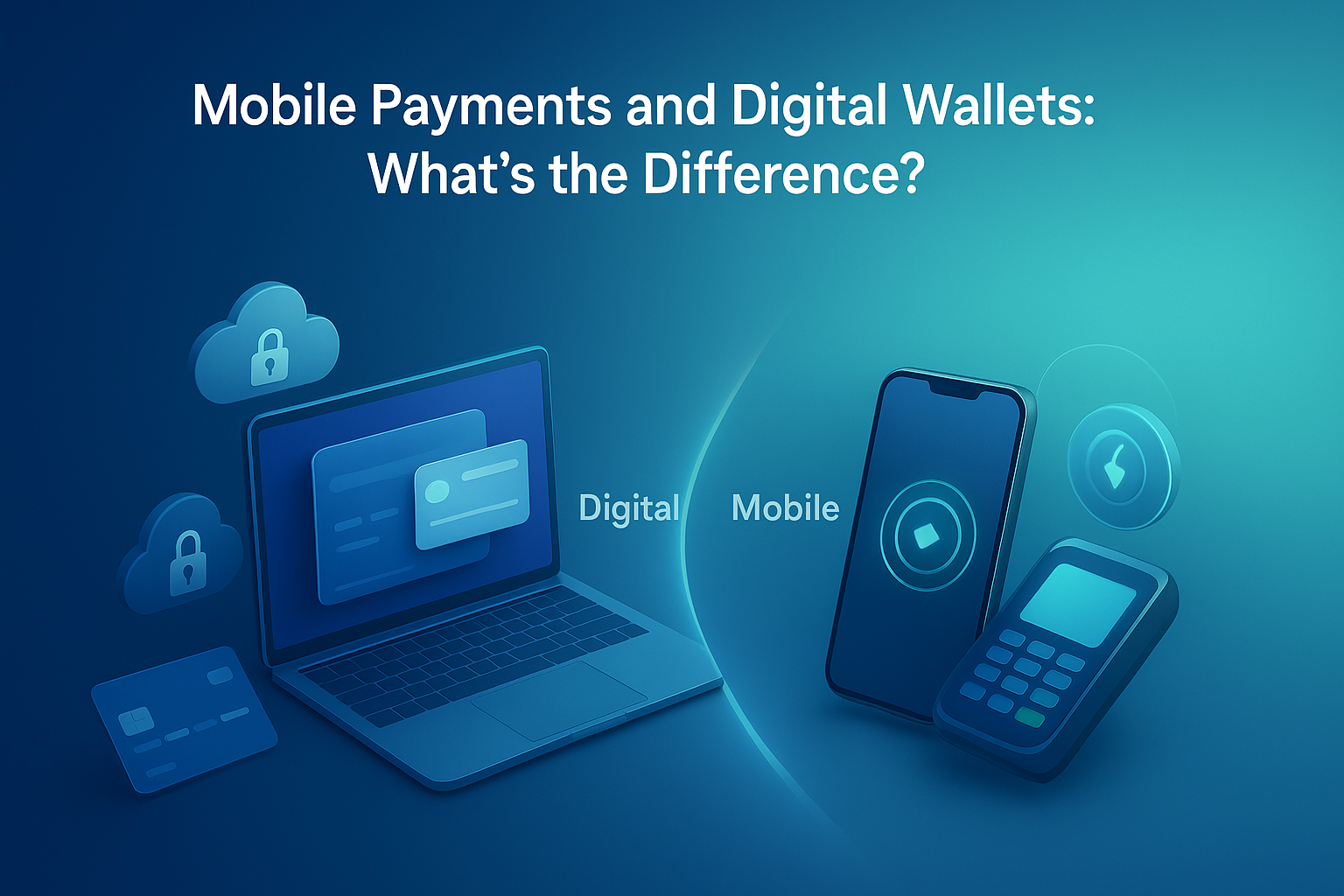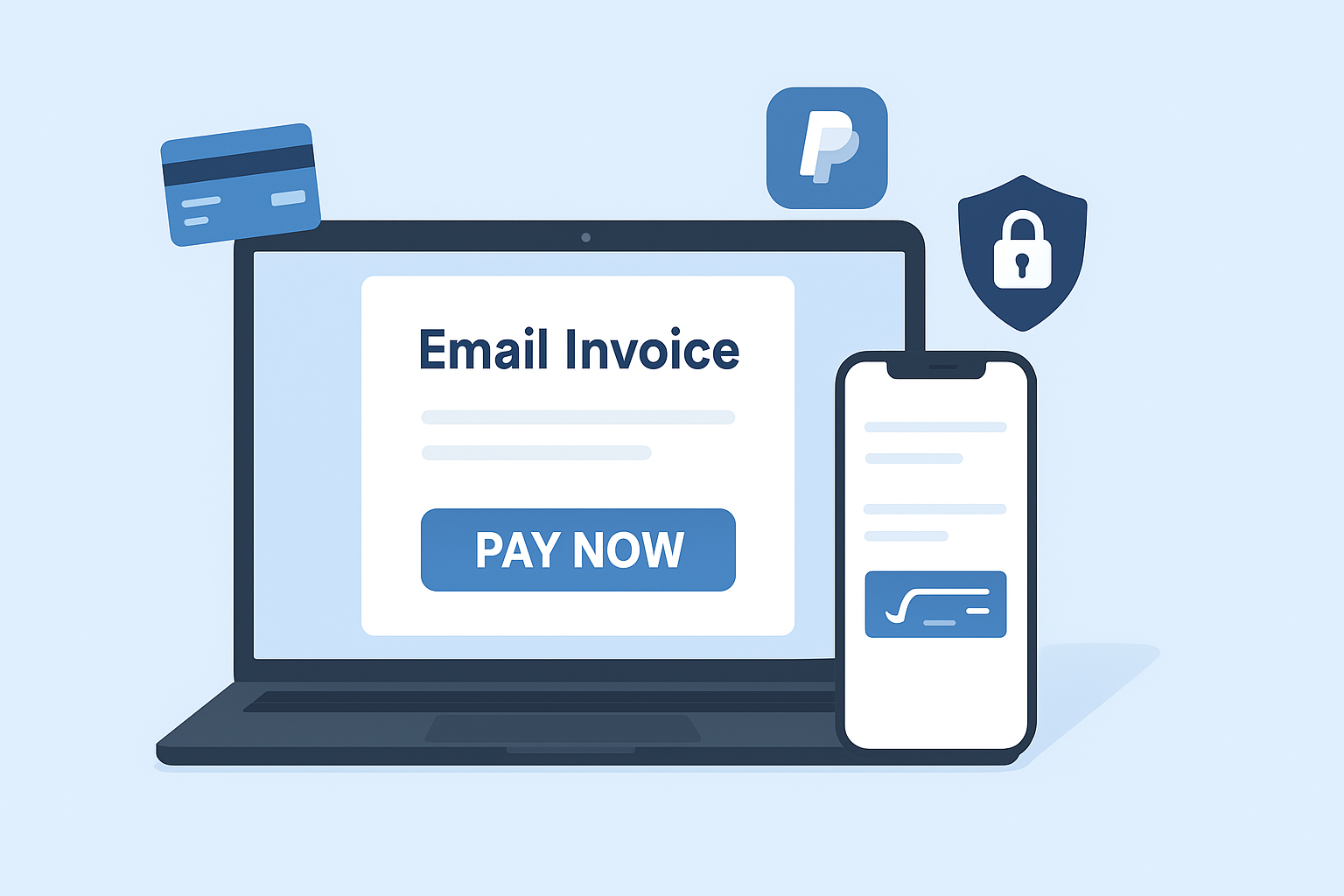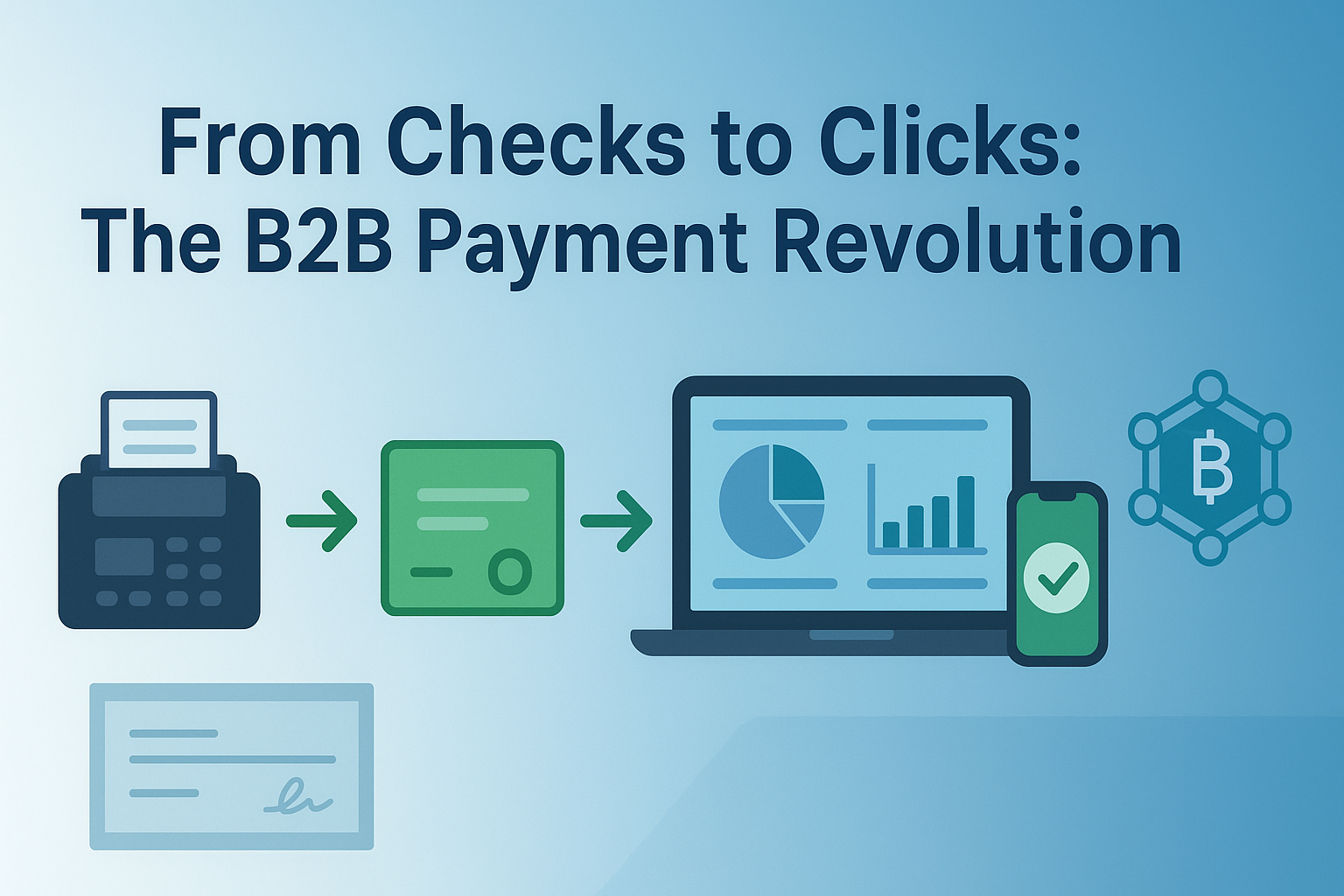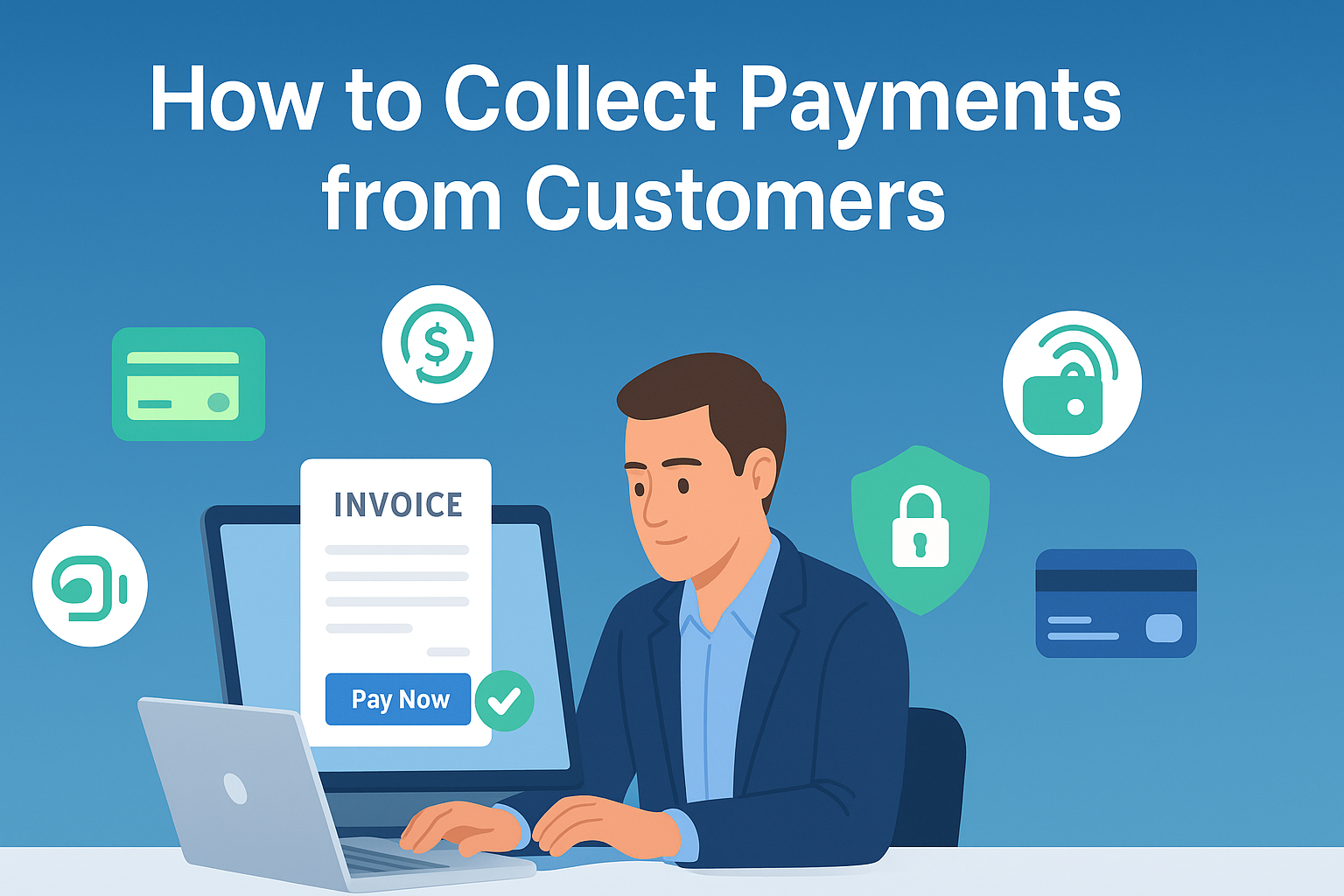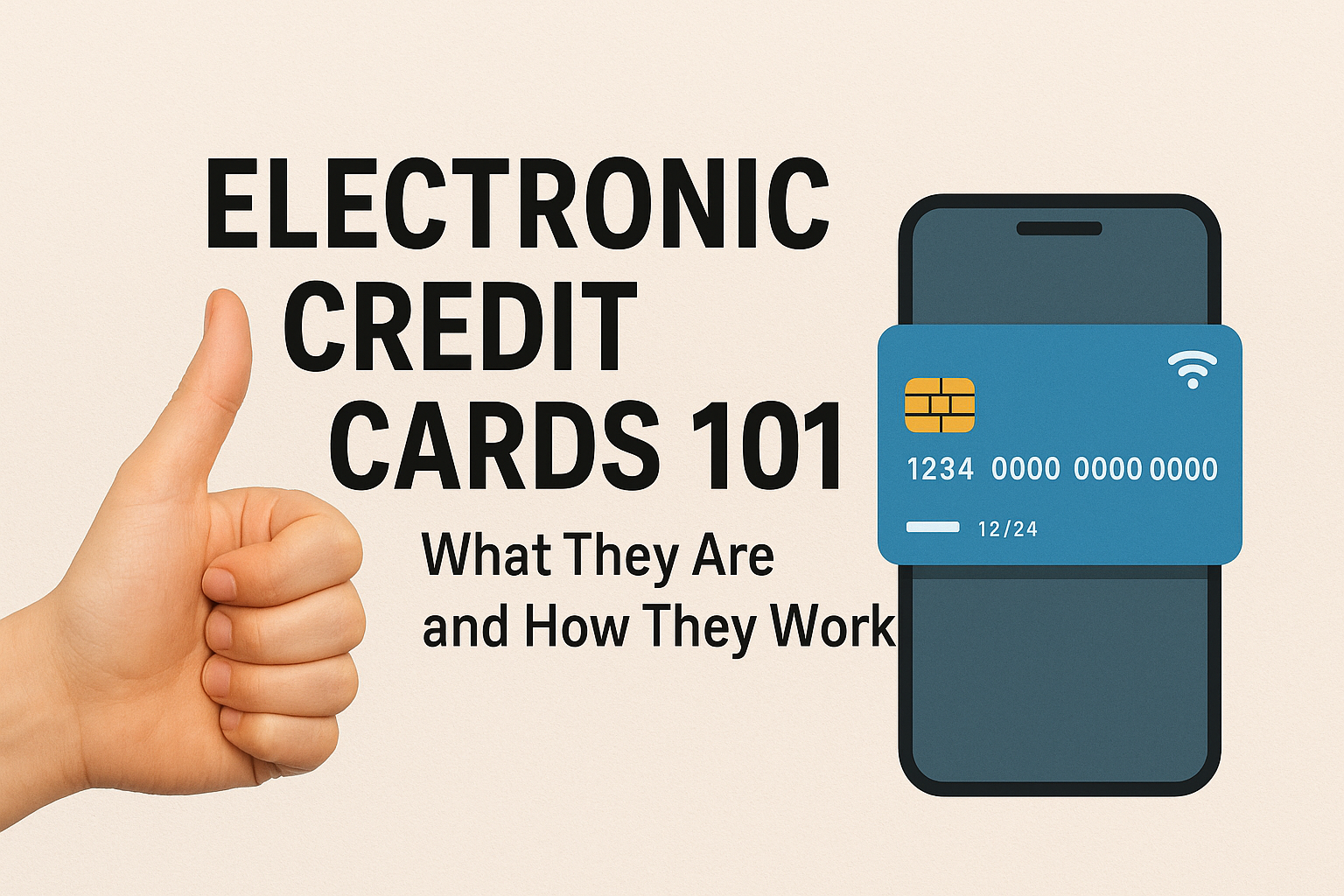When it comes to paying with your phone, two buzzwords always pop up: NFC and QR code payments. But what exactly are they, and how do they compare? Whether you’re a shopper curious about how your phone magically pays for coffee or a business owner wondering which tech to use, understanding the difference between NFC and QR code payments is key.
Let’s dive into both technologies, break down how they work, and see how they stack up — all in everyday, plain English.
What Are NFC Payments and How Do They Work?
You’ve probably used NFC (Near Field Communication) without even realizing it. Tapping your phone on a terminal to pay? That’s NFC in action. It’s a contactless technology that allows two devices, like your smartphone and a card reader, to exchange data when they’re just a few centimeters apart.
Here’s how NFC payments work:
Your smartphone stores your card details in a digital wallet (like Apple Pay, Google Pay, or Samsung Pay).
- You simply unlock your phone and bring it near the payment terminal.
- The terminal and your phone communicate wirelessly and securely.
- Boom — payment is complete in seconds!
NFC relies on radio frequency identification (RFID), and it’s known for its speed and ease of use. NFC payments are a staple in modern payment processing solutions around the world.
What Are QR Code Payments and How Do They Work?
QR (Quick Response) code payments are another cashless way to pay, but instead of tapping, they require a scan.
Here’s how QR code payments typically work:
- A business displays a QR code at the checkout counter.
- You open your mobile banking or payment app (like PayPal, Venmo, or WeChat Pay).
- You scan the QR code using your phone’s camera.
- The app reads the code, processes the payment, and confirms the transaction.
Alternatively, some systems generate a QR code on the customer’s phone, which the merchant scans.
QR codes don’t require any special hardware. That’s part of why they’ve exploded in popularity — especially in places adopting digital payments quickly but cost-consciously.
Advantages of NFC Payments
Here’s why many people prefer NFC payment methods:
- Speed and Convenience: Payments are nearly instantaneous. No need to fumble with scanning or waiting for codes to load.
- Better Security: NFC payments use tokenization, meaning your actual card number is never shared. Most systems also require biometric authentication (fingerprint, Face ID).
- Works Offline: Since the NFC chip doesn’t rely on an internet connection, payments can go through even without mobile data or Wi-Fi.
- Integration with Wearables: Smartwatches and fitness trackers with NFC chips allow even more convenient checkouts.
It’s easy to see why NFC is becoming a go-to option for advanced payment processing solutions.
Disadvantages of NFC Payments
However, NFC isn’t perfect:
- Requires Specialized Hardware: Businesses need NFC-enabled terminals, which might be pricey for smaller shops.
- Not Universal: Some regions or stores still don’t support NFC payments, especially in developing markets.
- Battery Dependency: If your phone dies, so does your payment method.
Advantages of QR Code Payments
Now, here’s what’s great about QR codes:
- Low Cost: All you need is a smartphone and a printed or digital code. No fancy hardware is required.
- Wider Accessibility: Even street vendors and food trucks can easily implement QR code payments.
- Flexible for Promotions: QR codes can link to loyalty programs, coupons, or detailed receipts.
- Compatible with Many Apps: From PayPal to AliPay, many platforms use QR codes as a backbone for payment processing solutions.
Disadvantages of QR Code Payments
And now, the not-so-good stuff:
- Slower Transactions: Opening an app, focusing the camera, and confirming a payment can take longer than a simple tap.
- Security Risks: Fake QR codes can redirect users to malicious websites. Always double-check where you’re sending your money.
- Dependent on the Internet: Most QR code transactions require an internet connection to process payments.
Which Payment Method Is Better for Different Business Types?
So, what’s the verdict? Here’s a quick breakdown:
For Large Retailers and Chain Stores
NFC wins. These businesses have already invested in infrastructure and have benefited from NFC’s speed and security. Think supermarkets, department stores, or fast-food chains.
For Small Shops and Local Vendors
QR codes make more sense. They’re budget-friendly and easy to implement, perfect for bakeries, pop-up shops, or market stalls.
For Service-Based Businesses
QR codes are also helpful for salons, tutors, or personal trainers. You can print a QR code on an invoice or send one via text.
For Tech-Savvy Cafes or Startups
Go hybrid! Accept both to appeal to a broader customer base. Modern payment processing solutions often support both technologies.
How to Choose the Right Payment Processing Solution
Still torn? Here’s what to keep in mind:
Customer Demographics: Younger customers may prefer NFC, while older clients may be more comfortable scanning a QR.
- Location: In some countries, QR code payments dominate (like China and India). In others, NFC is king.
- Budget: QR systems are easier on your wallet, while NFC requires investment.
- Volume of Transactions: If you handle lots of transactions, NFC’s speed may give you an edge.
Whatever you choose, integrating digital payment processing solutions is no longer optional — it’s essential.
Conclusion
Both NFC and QR code payments are powerful tools that help businesses and consumers alike move toward a cashless, faster, and more efficient payment experience. There’s no one-size-fits-all answer — it depends on your needs, your audience, and your resources.
As technology evolves, the best bet is to stay flexible. Many payment processing solutions today offer both options, so you don’t have to pick just one.
Want to keep your customers happy and the checkout line moving? It might be time to upgrade your system.

